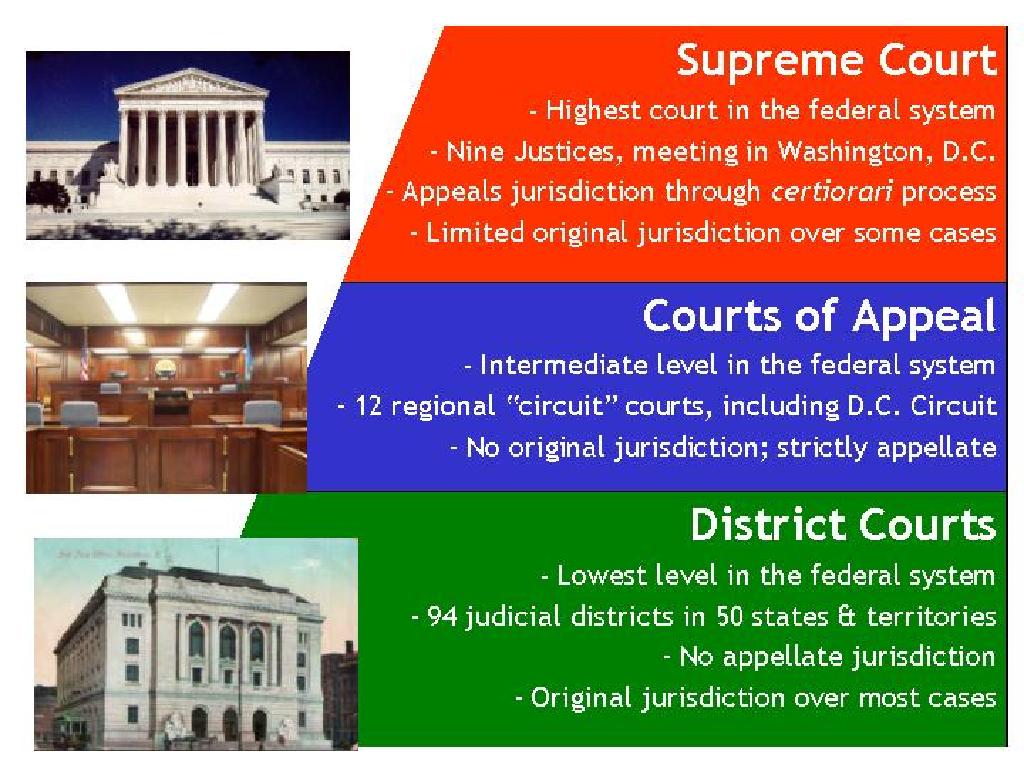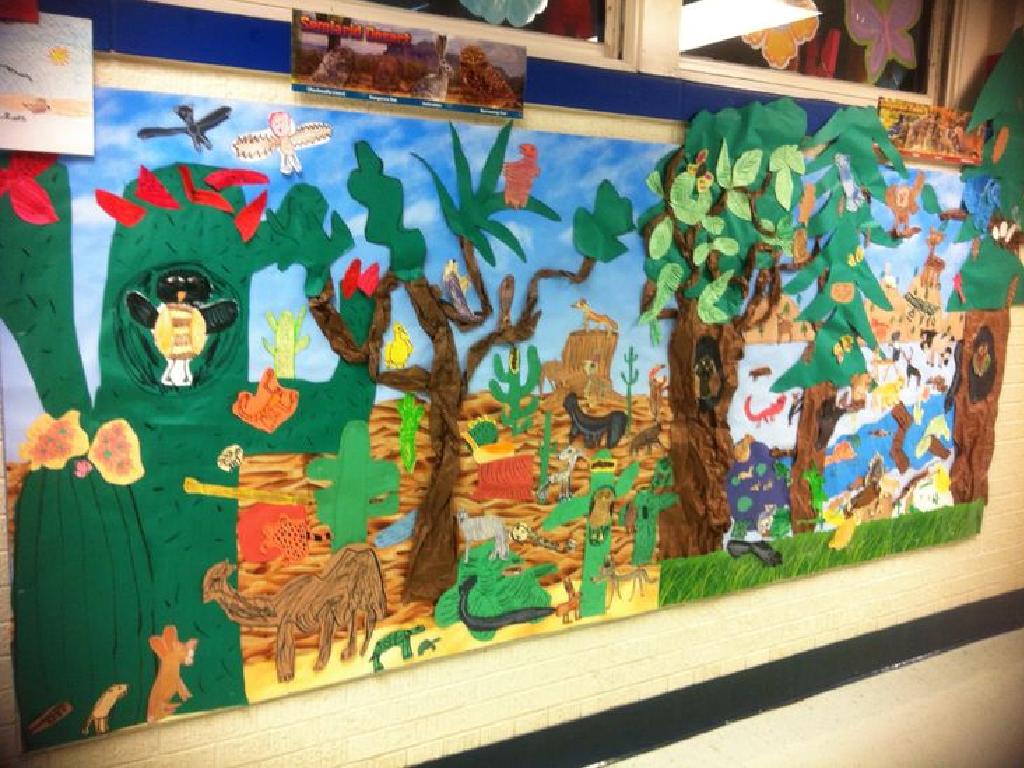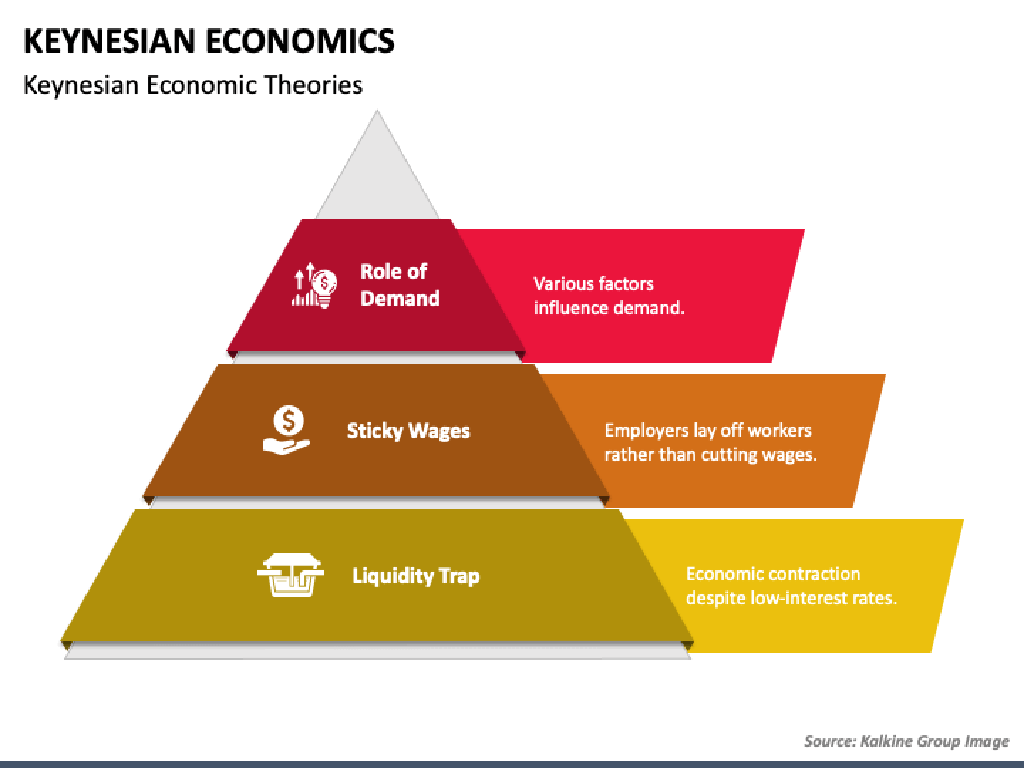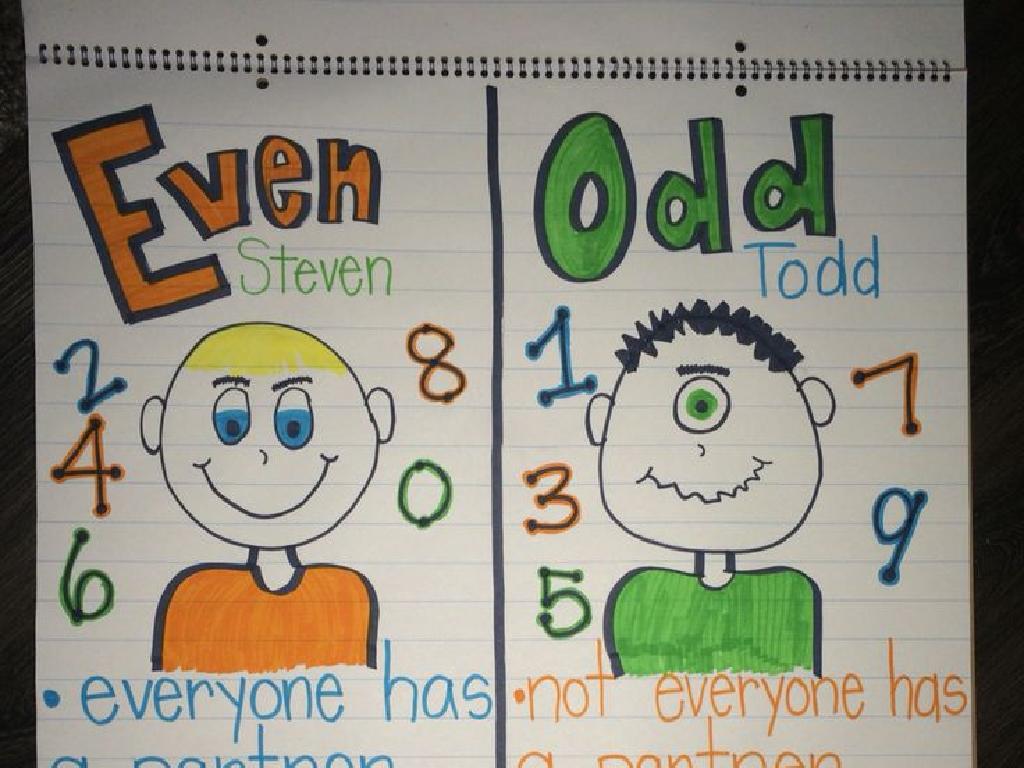Compare Numbers Using Multiplication: Word Problems
Subject: Math
Grade: Third grade
Topic: Multiplication Word Problems
Please LOG IN to download the presentation. Access is available to registered users only.
View More Content
Welcome to Multiplication!
– Greetings, young mathematicians!
– Quick review: What is multiplication?
– Multiplication is repeated addition
– Multiplication helps compare numbers
– It shows how many times a number is added
– Let’s solve problems together
|
Begin the class with a warm welcome to set a positive tone for the lesson. Review the concept of multiplication as repeated addition to ensure students have a solid understanding of the basics. Explain that multiplication can be used to compare numbers by showing how many times one number contains another. This is particularly useful in understanding larger quantities and solving word problems. Engage the students with interactive problem-solving activities where they can apply multiplication to compare numbers in various scenarios. Encourage participation and provide guidance as needed to facilitate learning.
Understanding Multiplication
– Multiplication as repeated addition
– If you have 3 groups of 4 apples, that’s 3 times 4 apples.
– Examples with small numbers
– For instance, 2 multiplied by 3 is like adding 2 three times: 2 + 2 + 2.
– Interactive Q&A session
– We’ll solve problems together and answer any questions.
– Check comprehension
|
Begin the slide by recapping the concept of multiplication as repeated addition, which is a fundamental building block for understanding multiplication. Use small numbers to show clear examples, such as 2 x 3 or 4 x 2, and visually represent these problems with objects like fruits or shapes to make it more relatable for third graders. Engage the class with an interactive Q&A session where students can volunteer to solve problems or ask questions to clarify their understanding. This will help assess their grasp of the concept and provide immediate feedback. The goal is to ensure that all students are comfortable with the idea of multiplication as repeated addition before moving on to more complex problems.
Multiplication Vocabulary
– Understanding ‘product’
– ‘Product’ is the result of multiplication, like 4 x 5 = 20
– What does ‘factor’ mean?
– ‘Factors’ are numbers we multiply, like 4 and 5 in 4 x 5
– Learning to ‘multiply’
– ‘Multiply’ means to add a number to itself a certain number of times
– How to ‘compare’ using multiplication
|
This slide introduces essential multiplication vocabulary. Start by explaining each term: ‘product’ is the answer we get when we multiply two numbers; ‘factor’ refers to the numbers we multiply together; ‘multiply’ is the action of adding a number to itself repeatedly; and ‘compare’ is to determine which number is greater or if they are equal when we look at products of multiplication. Use simple sentences to illustrate each term, such as ‘The product of 2 and 3 is 6.’ Have the students repeat the terms and their meanings to reinforce their learning. Encourage them to use these terms in class discussions and while solving multiplication problems.
Comparing Numbers with Multiplication
– Multiplication shows number size
– Example: Comparing groups of items
– If 1 toy costs $3, would 4 toys cost more or less than 5 toys?
– Real-life application of comparison
– Helps in making smart choices while shopping or planning
– Understanding greater and lesser values
|
This slide aims to teach students how multiplication can be used to compare numbers and determine which is greater or smaller. Start by explaining that multiplication can show the total amount in groups of the same size. Use a relatable example, such as comparing groups of toys with a price per toy to see which group costs more. Emphasize the practicality of this skill in everyday life, such as making decisions while shopping or planning events. Encourage students to think of other situations where they might need to compare quantities, reinforcing the concept that understanding multiplication is not just for math class but a useful tool for many real-life situations.
Understanding Multiplication Word Problems
– What are word problems?
Stories that require math to find answers.
– Spotting multiplication signs
Look for ‘times’, ‘groups of’, ‘in total’ to find multiplication.
– Keywords for comparison
Words like ‘twice as many’, ‘double’, ‘compared to’ indicate comparison.
– Solving comparison problems
Use multiplication to compare quantities in problems.
|
This slide introduces students to the concept of word problems in mathematics, focusing on those that involve multiplication and comparison. Begin by explaining that word problems tell a story that we can solve with math. Teach students to identify multiplication in these problems by looking for key phrases such as ‘times’, ‘groups of’, or ‘in total’. Emphasize keywords that suggest comparison, such as ‘twice as many’, ‘double’, or ‘compared to’. Finally, demonstrate how to use multiplication to solve comparison problems by working through an example together. Encourage students to practice by reading word problems carefully and underlining or highlighting keywords that help determine the mathematical operation needed.
Solving Multiplication Word Problems
– Example: Orchard apple count
– If 1 tree has 8 apples and there are 5 trees, how many apples are there in total?
– Step-by-step problem breakdown
– 1) Understand the problem 2) Identify numbers to multiply 3) Calculate the product
– Class solves the problem together
– We’ll use multiplication: 8 apples/tree x 5 trees = 40 apples
– Discuss the solution and methods
|
Introduce the concept of solving word problems by presenting a relatable example, such as counting apples in an orchard. Guide the students through the process of understanding the problem, identifying the key numbers and the operation required (multiplication in this case), and then solving the problem together. Encourage participation by asking students to suggest the steps and calculate the answer. After solving, discuss why multiplication was the appropriate operation and how we arrived at the solution. This interactive approach helps students grasp the concept of using multiplication to compare numbers in word problems.
Practice Time: Multiplication Word Problems
– Work on problems with a partner
– Discuss and collaborate on solutions
– Teacher will guide as needed
– Ask questions if you’re unsure about the problem
– Share answers with the class
– Explain how you solved the problem
|
This slide is designed to facilitate a collaborative learning experience where students are encouraged to work in pairs on multiplication word problems. The aim is to foster a supportive environment where students can discuss their thought processes and problem-solving strategies with their peers. The teacher plays a crucial role in circulating the classroom, providing guidance, and ensuring that each pair is on the right track. After completing the problems, pairs will have the opportunity to share their solutions with the class, allowing for a collective learning experience. This activity not only reinforces their multiplication skills but also enhances their communication and teamwork abilities. Prepare 4-5 different sets of word problems so that students can engage with a variety of scenarios, ensuring a comprehensive understanding of comparing numbers using multiplication.
Share and Learn: Multiplication Comparison
– Pairs present their problem solutions
– Discuss various solving methods
– How did others solve the problem? Can we learn new strategies?
– Understand multiplication for comparison
– How does multiplication help us compare different numbers?
– Emphasize correct multiplication use
|
This slide is designed for a collaborative classroom activity where students will work in pairs to solve multiplication word problems and then share their solutions with the class. Encourage students to explain their thought process and the steps they took to arrive at their answers. Discussing different methods will help students see there are multiple ways to approach a problem, fostering a deeper understanding of multiplication concepts. Reinforce the correct use of multiplication to compare numbers by highlighting how it helps us understand quantities in relation to each other. For example, if one bag has 3 apples and another has 5 times as many, we use multiplication to find out how many apples are in the second bag. Provide guidance on how to present their findings clearly and how to respectfully listen and learn from their peers.
Class Activity: Multiplication Comparison Challenge
– Receive multiplication challenges
– Solve problems individually
– Use manipulatives for visualization
– Objects like blocks or beads can help see the problems physically
– Understand multiplication comparison
– Learn how multiplication can show which number is bigger or smaller
|
In this activity, students will be given a set of word problems that require them to compare numbers using multiplication. Each student will work independently to solve these challenges, allowing them to practice their multiplication skills and understand how to compare numbers in a practical context. Provide manipulatives such as blocks, beads, or counters to help students visualize the multiplication process and the concept of comparison. For example, if one problem involves comparing 3 groups of 4 apples to 2 groups of 6 apples, students can use the manipulatives to build the groups and visually compare the total amounts. This hands-on experience reinforces the concept that multiplication is not just repeated addition, but also a comparison tool. The teacher should circulate the room, offering guidance and ensuring that students are correctly using the manipulatives to visualize and solve the problems. Possible activities include creating visual representations of multiplication problems, acting out scenarios with manipulatives, and drawing comparisons between different sets of objects.
Conclusion: Multiplication Comparison
– Recap of multiplication comparison
– We learned how to compare numbers using multiplication.
– Discuss your learning today
– Share what you’ve understood about comparing numbers.
– Applying skills to daily life
– How can we use this in real-life situations, like shopping?
|
As we wrap up today’s lesson on comparing numbers using multiplication, it’s important to review the key concepts. Encourage students to reflect on what they’ve learned by asking them to explain how multiplication helps in comparing numbers. Discuss real-life applications of this skill, such as determining if a pack of 6 toys for $24 is a better deal than a pack of 4 toys for $18, to help solidify their understanding. This reflection helps students see the practical value of math in their everyday lives and reinforces their learning.






